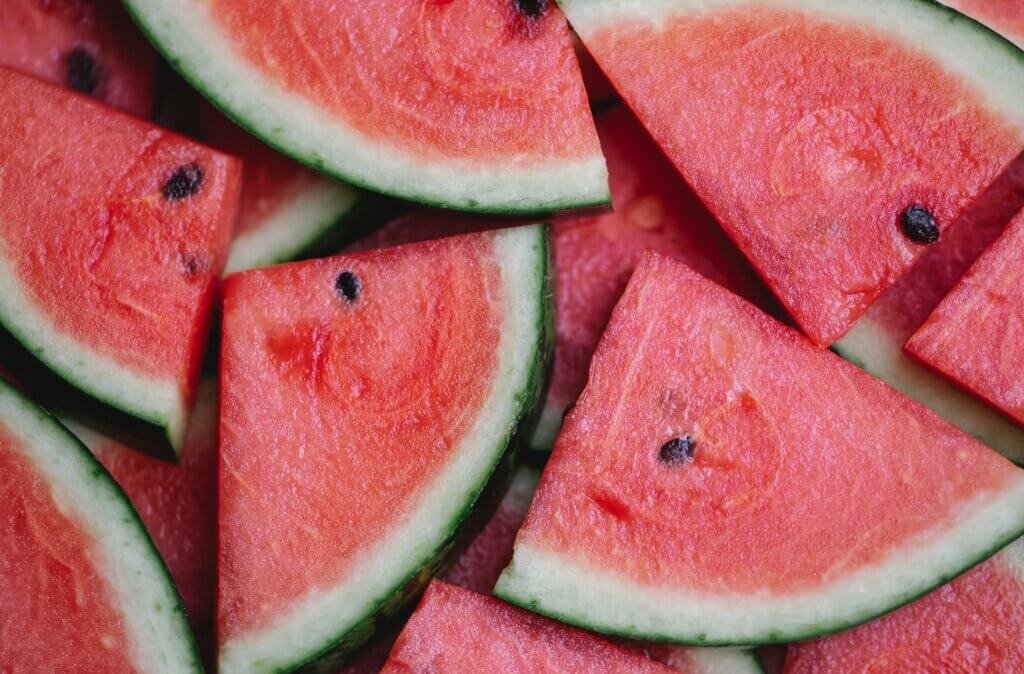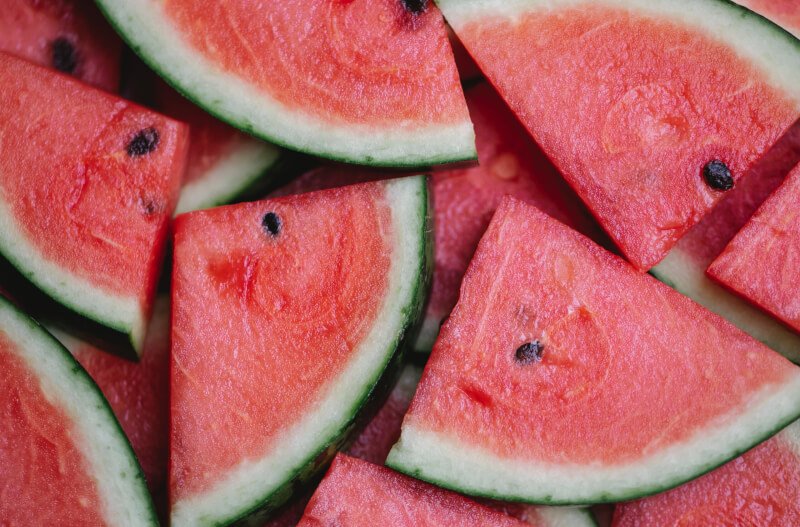If you’re an urban gardener looking for a sustainable way to nourish your plants, DIY rainwater harvesting techniques can be a game-changer. By making use of the natural rainfall in your area, you can conserve water and reduce your reliance on municipal sources. In this article, we’ll explore a range of innovative techniques that you can easily implement in your own urban garden. From building rain barrels to designing a rain garden, you’ll discover practical solutions to help you maximize the benefits of rainwater for your plants. Embrace the power of nature and transform your garden into a thriving oasis with these simple DIY techniques.

Choosing the Right Rainwater Harvesting System
When it comes to rainwater harvesting, there are several factors to consider in order to select the right system for your needs. This article will guide you through the process, from determining your water needs to considering available space and exploring the various types of rainwater harvesting systems. By the end, you’ll have all the information you need to make an informed decision and start utilizing this sustainable water source.
Determining your water needs
Before diving into the world of rainwater harvesting, it’s important to assess your water needs. Consider the amount of water you typically use for various activities such as gardening, watering plants, and even household chores. This will give you an idea of how much rainwater you should aim to collect. Additionally, think about any future expansions or changes in your water usage that might occur. By understanding your water needs, you can choose a rainwater harvesting system that is appropriately sized for your requirements.
Considering available space
The next step in choosing a rainwater harvesting system is to assess the available space you have for installation. Depending on the size and layout of your property, you may have different options for collecting rainwater. Take into account any existing structures, such as buildings or sheds, as well as any landscaping features that may limit your space. By considering your available space, you can determine the most suitable rainwater harvesting system that fits within your property’s constraints.
Types of rainwater harvesting systems
Now that you have a good understanding of your water needs and available space, it’s time to explore the different types of rainwater harvesting systems. Here are a few popular options:
Rain Barrels: This is one of the simplest and most affordable ways to collect rainwater. Rain barrels are typically placed under a downspout and collect water for immediate use.
Rain Gardens: Rain gardens are designed to capture rainwater and allow it to slowly infiltrate the soil, replenishing groundwater supplies. They are usually planted with vegetation that thrives in moist conditions.
Green Roofs: Green roofs are a more complex rainwater harvesting system that involves the installation of a vegetated layer on top of a building. This system not only captures rainwater but provides insulation and reduces energy consumption.
Roof Catchment Systems: These systems involve collecting rainwater from the roof and storing it in a dedicated tank or cistern. The water can then be used for various purposes, such as irrigation or household needs.
Permeable Paving: Permeable paving is a technique that allows rainwater to pass through the pavement and into the ground below, reducing runoff and recharging groundwater supplies.
Tippy Tap Systems: Tippy taps are simple handwashing stations that utilize a container of rainwater suspended on a rope. By tipping the container, water flows out for hygienic washing.
Rain Chains: Rain chains are an aesthetically pleasing alternative to traditional downspouts. They guide rainwater down a series of chains or cups, creating a visually appealing water feature.
Rooftop Gardens: Rooftop gardens involve creating a garden on your roof, utilizing specially designed containers or planting beds. This not only captures rainwater but also provides additional green space in urban areas.
Soaker Hoses: Soaker hoses are a great way to utilize rainwater for irrigation purposes. These hoses release water slowly and directly into the soil, minimizing water waste.
Each of these rainwater harvesting systems has its own benefits and considerations. By exploring these options, you can determine which one is the best fit for your specific needs and preferences.
Building a Rain Barrel
Rain barrels are a popular and cost-effective option for collecting rainwater. Not only are they relatively simple to build, but they can also provide a significant amount of water for various gardening and outdoor water needs. Here’s a step-by-step guide on how to build your own rain barrel.
Materials needed
To build a rain barrel, you’ll need the following materials:
- A large container with a lid (such as a food-grade plastic barrel or a repurposed drum)
- A spigot or faucet
- A section of downspout
- A screen or mesh to filter debris
- Hose clamps or sealant
- Tools: Drill, jigsaw or hole saw, screwdriver, measuring tape
Preparation and installation steps
Start by selecting a suitable location for your rain barrel. Ideally, it should be placed near a downspout to efficiently collect rainwater.
Using a jigsaw or hole saw, create an opening near the top of the container for water to enter. This hole should be large enough to accommodate the downspout.
Attach the screen or mesh over the opening to act as a filter, preventing debris from entering the barrel.
Install the spigot or faucet towards the bottom of the barrel. This will allow you to easily access the collected water.
Connect the downspout to the opening on the rain barrel. Ensure that the downspout is securely attached and properly directed towards the barrel.
Test the system by allowing water to flow into the barrel during the next rain event. Make any necessary adjustments to ensure proper functioning.
Maintenance tips
To keep your rain barrel functioning effectively, follow these maintenance tips:
- Regularly clean the screen or mesh to prevent clogging.
- Keep the lid securely fastened to prevent debris, mosquitoes, and other pests from entering the barrel.
- During colder months, empty and disconnect the rain barrel to prevent freezing and potential damage.
- Inspect the spigot or faucet for leaks and repair or replace as necessary.
- Use the collected rainwater regularly to prevent stagnation and the growth of bacteria.
By following these steps and keeping up with maintenance, you can enjoy the benefits of a homemade rain barrel and contribute to water conservation efforts.

Constructing a Rain Garden
Rain gardens are an excellent way to enhance the aesthetic appeal of your outdoor space while also managing rainwater runoff. By creating a rain garden, you can help mitigate flooding, filter pollutants, and provide important habitat for beneficial insects and wildlife. Here’s how you can construct your own rain garden.
Finding the ideal location
The first step in constructing a rain garden is to identify the ideal location within your property. Look for areas that naturally collect water, such as low-lying spots, areas prone to runoff, or places where downspouts release water. The size of your rain garden will depend on the amount of water you’re expecting to capture, as well as the available space. Be sure to check local regulations and guidelines to ensure compliance with any necessary permits or restrictions.
Prepping the site
Once you’ve determined the location, it’s time to prepare the site for your rain garden. Follow these steps:
Mark out the desired shape and size of your rain garden using twine or a garden hose. This will serve as a guide during excavation.
Remove any existing grass, weeds, or vegetation from the marked area. Use a shovel, hoe, or other garden tools to thoroughly clear the space.
Check the soil composition of the area. Rain gardens typically require well-draining soil to prevent water from pooling. If the soil is heavy or compacted, consider incorporating organic matter or sand to improve drainage.
Plant selection
One of the most exciting aspects of creating a rain garden is choosing the plants that will thrive in this unique environment. Since rain gardens experience occasional flooding and periods of drought, it’s important to select plants that are adaptable to these conditions. Look for native species that can handle wet soil and have deep root systems to help absorb water. Consider a mix of grasses, flowering perennials, shrubs, and even small trees to create a diverse and visually appealing rain garden.
Maintenance and care
Maintaining a rain garden is relatively low-maintenance once it’s established. However, there are a few key considerations to keep in mind:
- Water your rain garden as needed during dry periods, especially in the first year after planting. This will help the plants establish their root systems.
- Weed regularly to prevent invasive species from taking over and competing with your desired plants.
- Mulch around the base of your plants to suppress weeds and conserve moisture.
- Monitor for any signs of erosion and undertake any necessary measures to reinforce the rain garden’s structural integrity.
- Prune plants as needed to maintain their shape and health.
By following these steps and providing proper maintenance, you can create a stunning rain garden that not only benefits the environment but also enhances your outdoor space.



